Hydrangea after winter: why doesn't it grow and wake up?
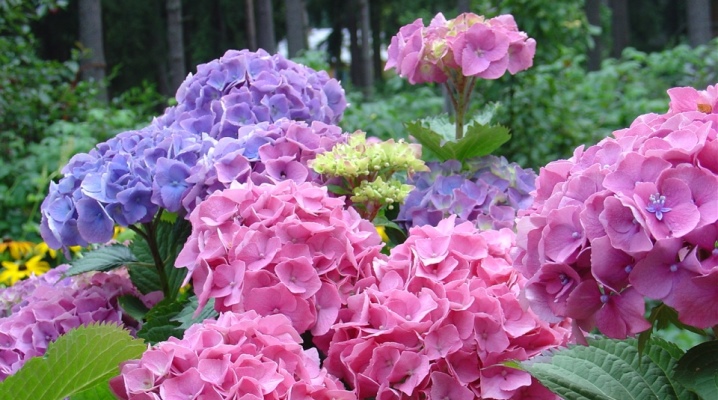
Not all types of hydrangea are able to hibernate without shelter, mainly large-leaved varieties that are vulnerable in low temperatures. Young bushes require special preparation, which are mulched and covered with heat-retaining materials. If this is not done, the plant will be sick, and wonderful flowers are unlikely to appear on it.
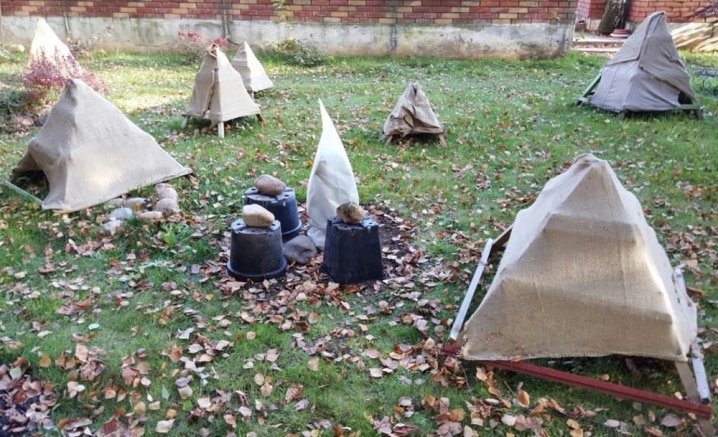
How to wake up a plant in spring?
After wintering, the plant often looks painful, making you doubt whether it will survive at all. But it is too early to panic - the bush can still recover. To help him, you need to know that garden (large-leaved) varieties and young bushes must be opened gradually. From tree-like and paniculate species, shelters are removed immediately after the establishment of stable warm weather without night frosts.
Dry hydrangea is an alarming sign, but the situation can be corrected with full-fledged care.
- After the snow has melted and the earth has warmed up, it is important to provide the plant with fresh air and moisture. One bush requires 15 liters of water in 7 days, potassium permanganate is added to the water - a necessary remedy to prevent the development of the disease.
- It is necessary to feed the hydrangea in the spring with mineral fertilizers, including potassium, phosphorus and nitrogen, but only after irrigation so that the water does not erode the beneficial components.
- To increase the access of oxygen to the roots, loosening is carried out to a shallow depth.
- Placing the mulch is important for retaining moisture, but it is also beneficial for the grower himself - in this case, there is no need for frequent loosening.
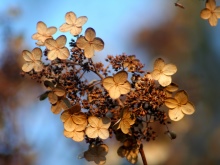
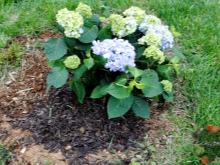
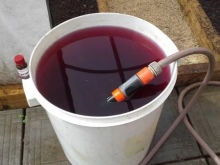
What factors affect flowering?
As you know, the main goal of the gardener is to achieve active vegetation of the crop after winter, so that buds and flowers form. But what if the branches at the ends are dry?
For hydrangea, of course, all types of work are important: watering, fertilizing, disease prevention. But timely pruning of the shrub is also of great importance. It is the periodic haircut that is an additional guarantor of lush flowering, and it should be carried out according to the established rules.
- Treelike varieties begin to be cut when they reach the age of 5–6 years. And they must do this in the spring, while sick and old, even flowering, branches are removed, and young ones are shortened by 20 cm.
- The prickly, serrated and large-leaved hydrangea is pruned from 3-4 years old and rejuvenated every 3-5 years during the swelling of the kidneys.
- With any haircut, do not touch the flower ovaries.
- After the procedure, it is necessary to process the sections with powder from activated carbon tablets.
Due to the regularity of pruning, the shrub will quickly renew and bloom actively. If the hydrangea does not bloom in the spring, perhaps the point is that it is time to rejuvenate it.
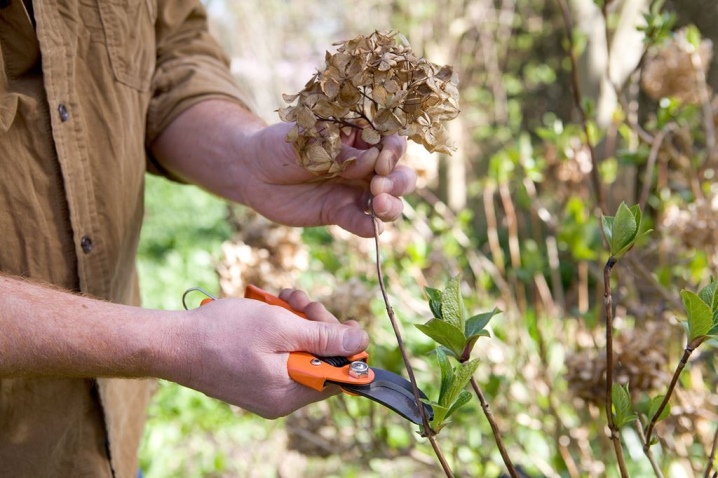
Competent preparation for wintering
You can avoid disappointment because of the dull look of hydrangea, taking proper care of her in the fall.
- After pruning, young plants, the most delicate varieties and shrubs grown in regions with harsh winters, need to be covered.
- If you do not take crops grown in tubs, which are harvested in a greenhouse for the winter, bushes growing in open ground are tied together and wrapped in lutrasil. Additionally, a mesh frame is created, which is capable of completely covering the bush.
- Mulch is placed in the near-stem part, and the hydrangea is covered with dry litter on top.
After that, the structure is wrapped with a waterproof cloth, and when snow appears, a snowdrift is formed, in which the bush will be warmed and reliably protected from the wind.
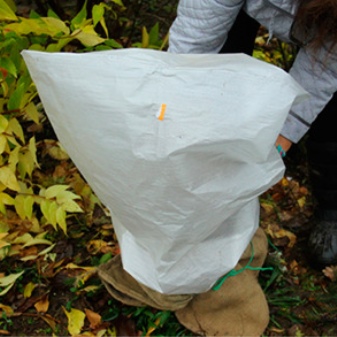
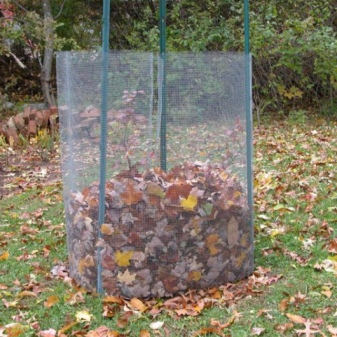
Reanimation of hydrangeas after winter
If the plant has not been properly prepared for the winter period, it can survive, but it will look sick and unsightly. When the hydrangea does not grow after winter, it turns black, and spots are observed on its leaves, you can easily understand that, most likely, the bush is frozen, was attacked by pests or a fungus.
It is possible to revive a weakened plant, for this you will need to carry out a number of restorative procedures.
- If there are symptoms of insects, spraying with insecticidal agents will be needed. Spraying a Bordeaux mixture helps from various types of fungus, but with a total infection of damaged foliage, it is wiser to get rid of and only then treat with fungicides.
- To solve the problem of poor growth, when the hydrangea does not wake up, you can use complex tools. Replenishment of nutrients will help revitalize the plant, and next year the culture will again delight you with exuberant flowering.
- There is also a possibility that the soil composition was the cause. All hydrangeas, to one degree or another, love acidic soil, but over time they take acids from it. This means that it will be necessary to acidify the earth, and for this it is not necessary to choose potent drugs. Acidification is carried out using the usual means that are available in every home: this is oxalic, succinic, citric acid or lemon juice, potassium nitrate and electrolyte solution.
It is better to avoid any vinegar solutions, since they can destroy the colonies of beneficial microorganisms in the soil, and the optimal balance of the natural environment will be disturbed.
Growing in your garden such an amazingly beautiful plant as hydrangea, you cannot neglect the requirements for its content. Timely farming techniques, pruning and protective measures in anticipation of cold weather will help preserve the culture and maintain it in a healthy (in all respects), blooming state.
You will learn how to care for hydrangea in early spring in the following video.



































































The comment was sent successfully.